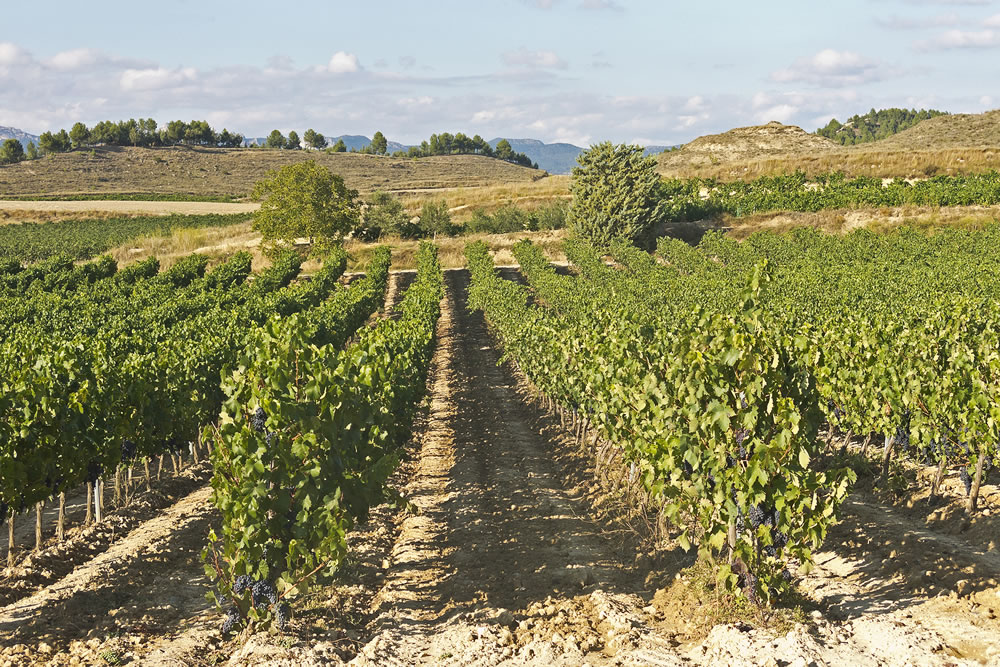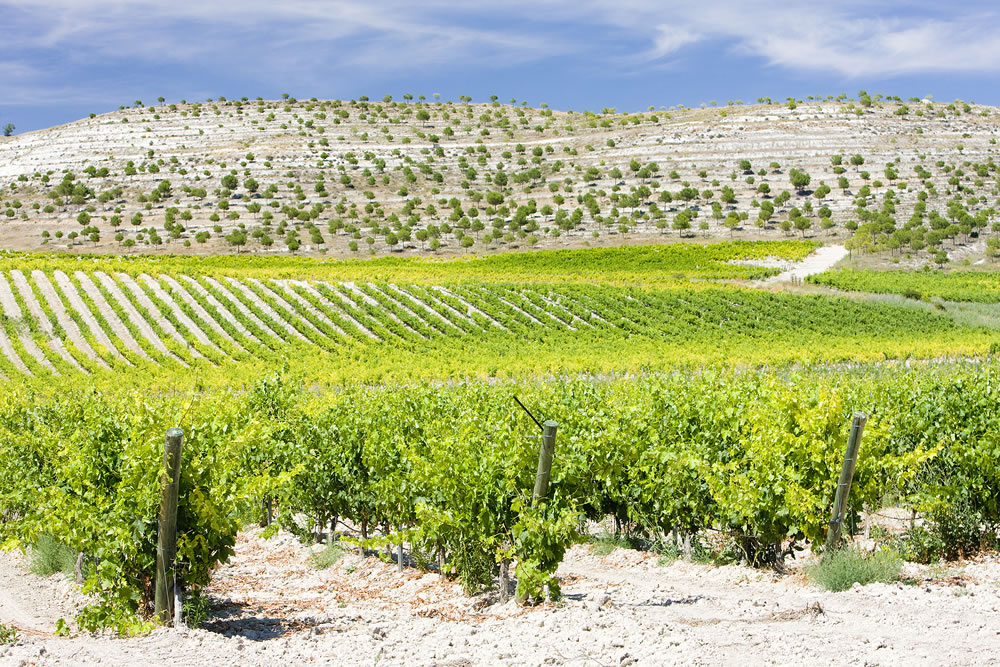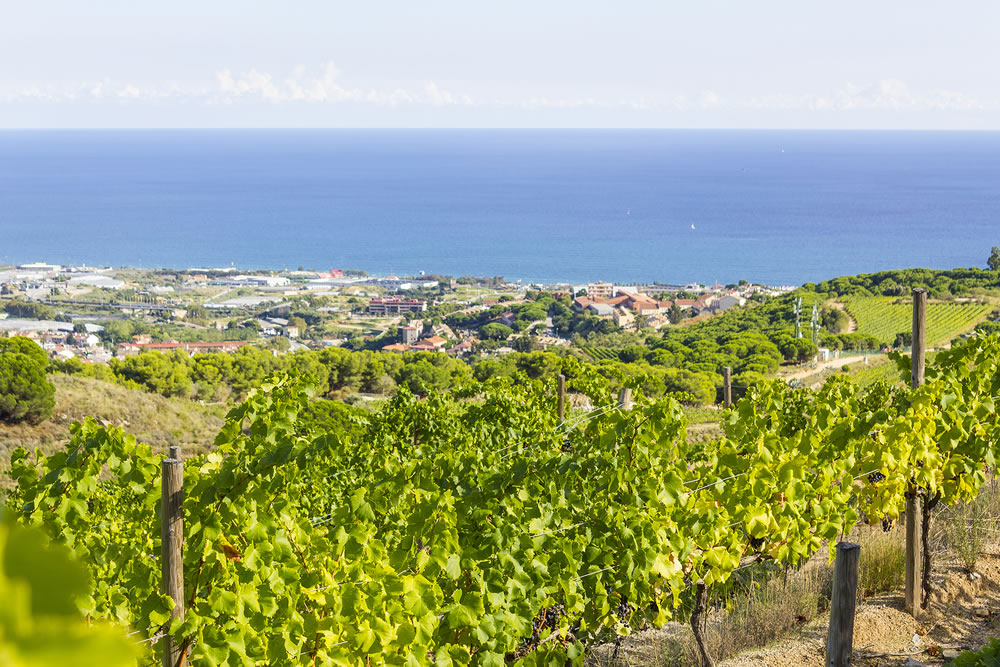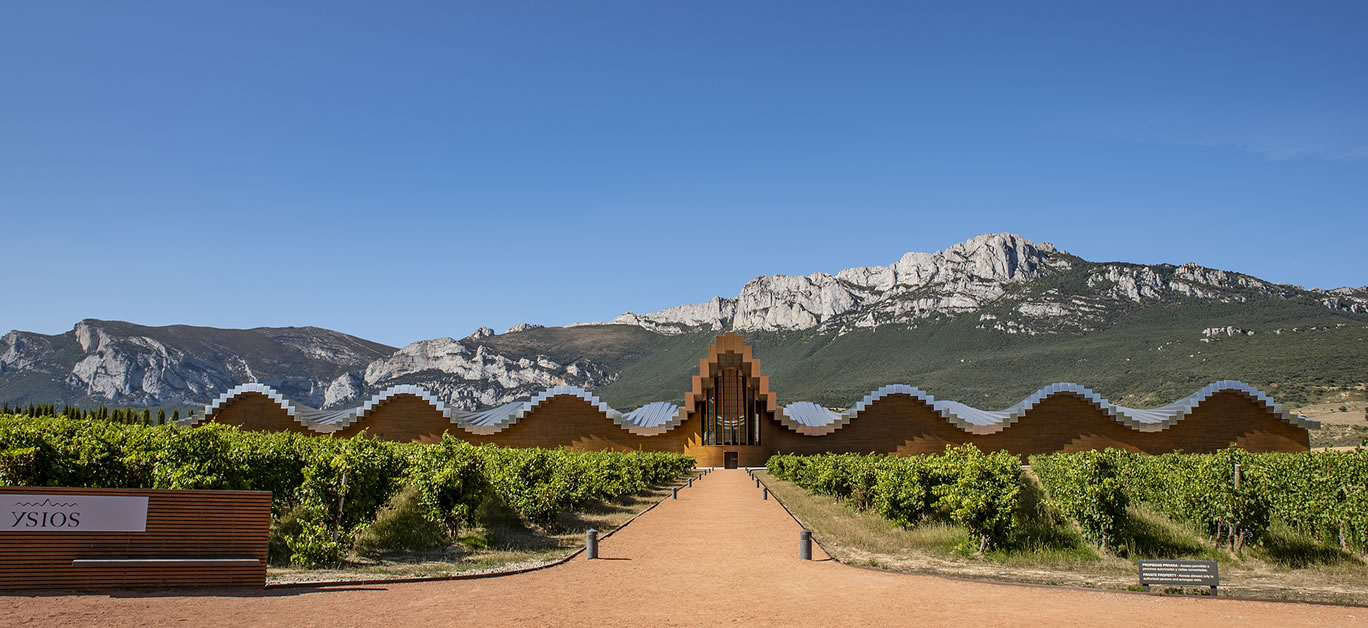Today marks the start of the wine season in Spain. Everywhere around the country, wineries are harvesting and preparing their quality grapes to turn into wine. The summer heat is fading, and many towns are celebrating their venidimias or wine festivals. This also means that now is the perfect time for some wine tourism. Whether you fit in a quick wine tasting during your beach holiday, or prefer to tour the Spanish countryside, hopping from one vineyard to another, an enotourism experience in Spain is like no other.
Spain-Holiday, holiday rental experts in Spain, worked with Holidu to bring you the ranking of the best wine regions in Spain for wine tourism. Thanks to data from leading wine website Vinoselección, it was possible to find out where you should go to have the best wine experiences in Spain. Grab a glass of wine and get ready to discover the top wine regions in the country.
Rioja DO – La Rioja
Should it come as a surprise that the Rioja DO is the best wine region for enotourism? It is by far the most well-known Spanish wine region around the world, thanks to its excellent wines. It’s also the oldest recognised wine region of the country, being named a DO region in 1925. And with 567 wineries and 65,000 hectares of vineyards in the area, you are spoilt for choice when you want to do a vineyard tour and wine tasting. The red Tempranillo and white Viura wines are the most famous wines from this region, so don’t miss out on the opportunity to try them!
Recommended bodegas
Bodegas López de Heredia: Located in Haro, this is one of the oldest wineries of La Rioja. Tour their grounds and find out how they combine modern innovations with traditional techniques.
Bodegas Muga: This vineyard has produced several award-winning wines that you can taste on the grounds. They also have a restaurant with beautiful views where you can enjoy local cuisine paired with their wines.

Ribera del Duero DO – Castilla y Leon
In second place we have the Ribera del Duero DO, located in Castilla y Leon. This wine region is a must-visit for fans of strong-bodied red wines. Thanks to the more extreme climate and dryer soil, the region’s wines definitely pack a punch! They stand out from other Spanish wines for having more intense colours, a deeper flavour and a higher alcohol percentage. For your wine tasting, you can choose from more than 300 vineyards, most of which specialize in Tempranillo wines.
Recommended bodegas
Bodegas Protos: A bodega that will not only impress you with its wines, but also with its location and design! This winery is located partially underground, below the Peñafiel castle.
Bodegas Matarromera: This bodega’s vineyard grows not only Tempranillo, but also Cabernet Sauvignon and Merlot grapes. During your visit you will be able to try their wines, local cheeses and local extra virgin olive oil.
La Mancha DO – Castilla La Mancha
Next up is another giant in the wine world: the La Mancha DO! This region produces a wide variety of wines, but the white wines are especially famous. Here you can find wineries dedicated to cultivating grape varieties like Airen, Moscatel and Verdejo. Wine lovers will definitely like having so many options of white wine to choose from, ranging from dry to sweet and everything in between!
Recommended bodegas
Bodega Finca El Refugio: Nestled in the La Mancha countryside, this family-owned winery specializes in blended wines. Here you can discover the most avant-garde techniques, as they pride themselves in being frontrunners in wine-making innovation.
Pago de la Jaraba: This winery not only produces some of the best wines in the region, they also make their own cheese and olive oil. After your tour of the grounds you’ll be sampling all three of their star products.

Cataluña DO – Catalonia
This wine region actually consists of several smaller regions put together. The Empordà region is known for their excellent rosé and sweet dessert wines, while the white wines from Tarragona are very fruity and fairly light. The incredibly varied landscapes of the Cataluña DO make sure that the wines produced here are also very different from each other. No matter what kind of wine you prefer, you’ll find it here.
Recommended bodegas
Bodegas Visendra: This bodega is all about quality, not quantity! They consciously decided to limit their production to focus on making the best wines possible. You can visit the vineyards and the installations, and discover all about their ecological techniques.
Bodega Raimat: As one of the leaders in sustainable wine production, this bodega will show you how they combine the making of high-quality wines with respecting the natural landscape.
Valencia DO – Valencia
The Valencia wine region is very expansive, it spans over the entire province of Valencia and has a total of 13000 hectares of vineyards. Because of its size, you can find pretty much every variety of wine here, from very dry white wines and robust Garnacha and Tempranillos, to sweet Moscatel and other dessert wines. One thing that Valencia’s wines all have in common is that they are typically a bit stronger than other wines from nearby regions, like the Cataluña DO.
Recommended bodegas
Bodegas Enguera: This bodega produces the best wines of the Valencia DO. Apart from wine making, the winery also collaborates with local environmental organizations to help with the preservation of local fauna. Learn everything about it during your visit.
Bodegas Chozas Carrascal: Apart from guided tours and wine tastings, this bodega also offer a unique experience: a wine spa. Enjoy a relaxing day filled with grape and wine treatments, and pick up a bottle or two afterwards!

These wine regions complete the top 10:
⦁ Navarra DO – Navarra
⦁ Rías Baixas DO – Pontevedra
⦁ Utiel Requena DO – Valencia
⦁ Penedes DO – Barcelona
⦁ Jerez DO – Cádiz
What is a Denominación de Origen (DO)?
The Denominación de Origen is similar to a quality assurance seal, awarded to food products produced in a certain region. The certificate is only awarded when the exceptional quality of those products is tied to a certain characteristic of the region where they are produced. For DOs that are wine-related, this usually has to do with the climate and/or soil. DOs can be awarded to cities and regions as long as they meet the criteria set by the regulating body.
This study ranks the 70 Denominaciones de Origen in Spain according to the following data: amount of wineries, size of the cultivated area, number of wine growers (all three extracted from Vinoselección) and the median price of accommodation during the wine harvest season, which runs from Sept 1 to Oct 31 (internal data). Four wine regions were excluded due to missing data. The final ranking was obtained by normalising each data point and giving extra weight to the first three data points, since those are more important for wine tourism.






















